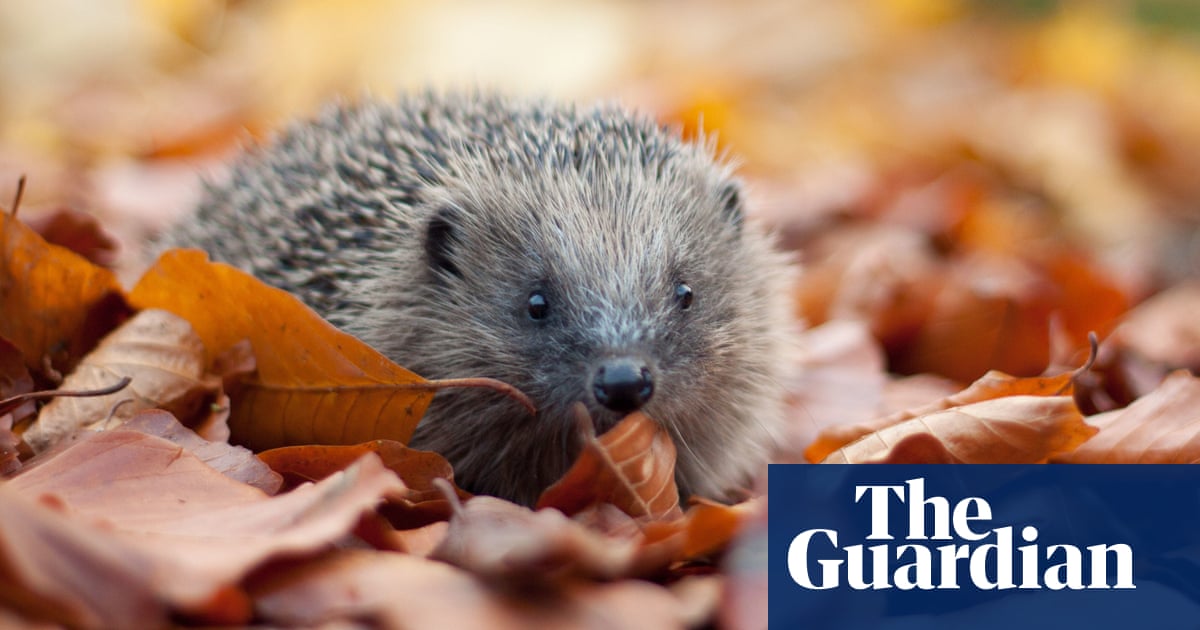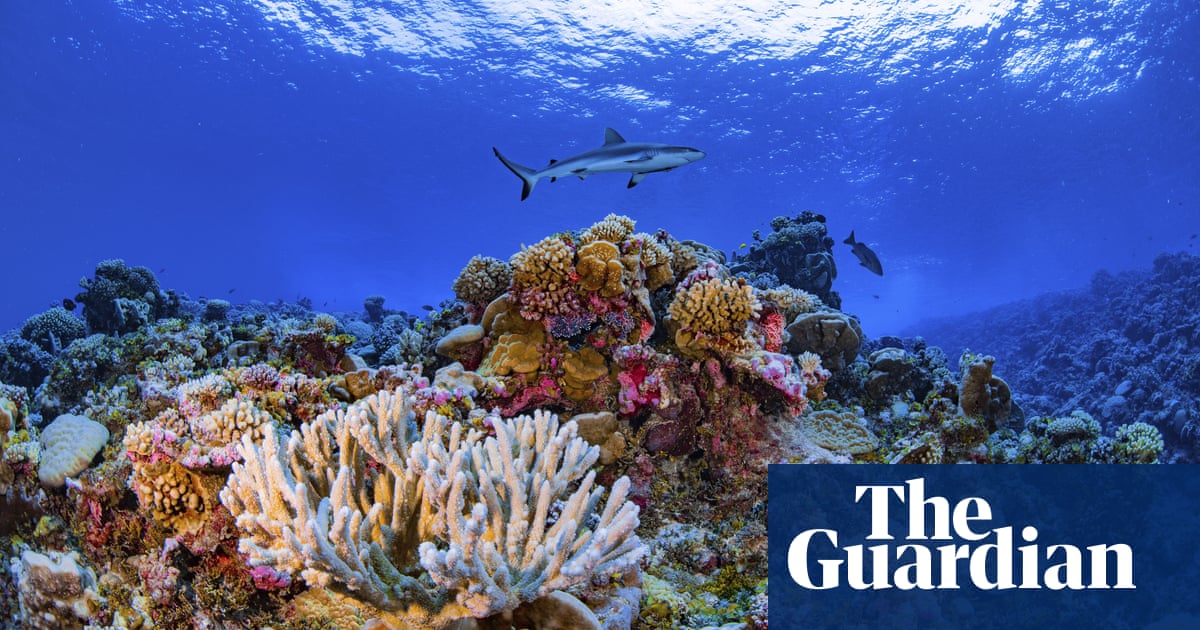
The highest ever recorded numbers of minke whales and the lowest number of basking sharks were observed in the Hebrides in 2023, according to a report.
The latest findings of the 20-year monitoring programme by the Hebridean Whale and Dolphin Trust suggest a possible association between these two highly mobile and long-lived species. When sighting rates for basking sharks are high, they are low for minke whales, and vice versa.
The seas off Scotland’s west coast are internationally important for whales, dolphins and harbour porpoises (collectively known as cetaceans), as well as the globally endangered basking shark, the world’s second largest fish.
The Isle of Mull-based charity has been monitoring marine life by running expeditions since 2002, with members of the public joining its research vessel, Silurian, to survey Hebridean seas.
Sighting rates of minke whale soared to 1.57 per 100km last year – the highest in the two decades of the research programme. Total numbers of minke whales observed reached a record 167. In contrast, rates for basking shark fell to 0.07 sightings per 100km in both 2022 and 2023, the lowest recorded by the trust since its monitoring began. Just seven basking sharks were recorded in both summers.
According to the charity, the reasons for the changes – and possible association – are not yet known and more work is required to analyse the trends and investigate potential causes such as global heating.
Minke whales migrate to western Scotland’s seas each summer to feed in waters that are rich in phytoplankton and zooplankton, the foundations of the marine food web. Despite the encouraging increase in sightings of minke whales, rates fluctuate over time.
Cetaceans are threatened by mass strandings, noise, collisions with vessels and, most significantly, entanglement and bycatch in fishing gear – often abandoned “ghost” gear drifting in the oceans – which is estimated to kill more than 300,000 cetaceans each year.
Rona Sinclair, marine mobile species monitoring adviser at NatureScot, which published the report, said: “This valuable research is allowing us to track how whales and basking sharks are faring over the long-term in the Hebrides.
“The decrease in basking shark sightings is worrying, and there could be many reasons for this, likely linked to availability of their food, zooplankton. However, they may also still be there at depth and not visible. Continued collaboration with researchers is vital, helping us to know how these giant beasts are faring, so we can respond appropriately.”
“Our findings highlight the importance of long-term monitoring of these species and the threats facing them,” said Dr Lauren Hartny-Mills, science and conservation manager for the Hebridean Whale and Dolphin Trust. “In the face of the nature and climate emergencies, gaining new insights and understanding into what is happening in Scotland’s seas is vital, so we can better protect these remarkable animals and this world-class region of marine biodiversity.”
The report is based on the Trust’s 49 research expeditions covering a total of 22,645km between April 2021 and March 2024 on Silurian. Almost 300 volunteers conducted visual surveys and monitoring with underwater microphones, and identified individual animals through photography, collecting more than 3,000 sightings of 10 mammalian species.












